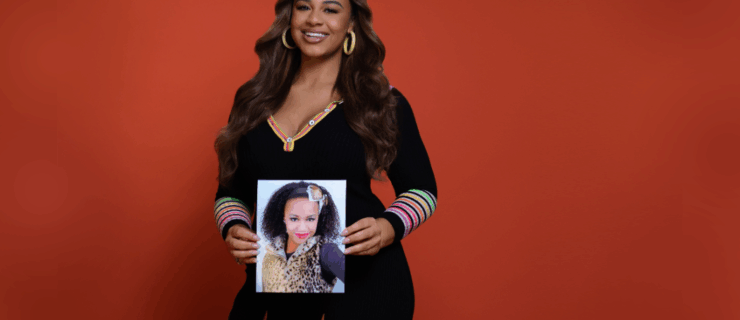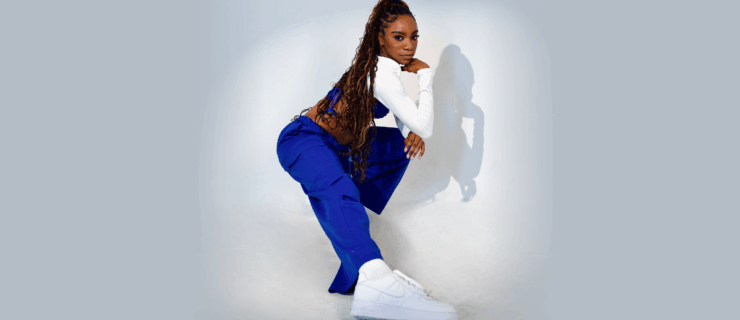Alyson Stoner Talks YouTube Collabs and Advice for Young Dancers
The world first got to know Alyson Stoner as the tiny b-girl in Missy Elliott’s “Work It” video. But, as she says, “A lot’s happened since then.” Now 24, the dancer, choreographer and director has matured as both an artist and a person. She has a resumé that includes roles in the films Camp Rock, Step Up, and Step Up 3D, and she also releases a new video on her YouTube channel every Thursday—a series for which she recently won a Streamy Award. We caught up with Stoner to talk about her creative process, how she balances her hectic schedule, and her advice for young dancers.
How did you realize you were interested in choreographing and directing?
It was almost out of necessity. I didn’t have the funds to hire experts in the field, but I had these big ideas I needed to communicate. I started asking myself, “How badly do you want it? How badly do you need to get your message and your art out there?” As you come to find out, no one cares about your vision as much as you do. I find it a privilege to have a digital platform so I can communicate ideas directly rather than through a third party.
What inspires you?
First, I want every video I make to force me outside of my comfort zone. For example, when I wanted a voguing element in the video I made with Kaycee Rice, I brought in amazing voguer Dolores Parisi from the House of Ninja. I’ve trained in vogue, but I’m certainly not an expert, and you can tell when you watch the video. I’m also inspired by what’s happening in culture and society. The House of Ninja is a surrogate family for many gay and transgender people, for example, and I found that incredibly inspiring. I want my videos to be driven by the ideals of equality and social justice.
What are you working on right now?
I’m spending the remaining months of this year writing a music album, and that’s a top priority for me. I’ve released several EPs before, but as I’ve evolved as an artist, I’ve become excited about breaking the mold I’ve been put in and creating my own type of music. I know that fame isn’t what matters—it’s ultimately meaningless. What keeps me engaged is work that has purpose.
You have an open dialogue with your followers on
Instagram and YouTube. How important is that to you?
Well, it’s important, but it’s hard. Talking to people who are supportive means I can’t turn a blind eye to those who aren’t. It’s how I understand where they’re coming from and what they need as people. I want to be a connector, not a star. Talking to people on Instagram is hopefully a stepping stone towards creating a group of people who care about a cause.
You have a lot going on. How do you balance it all?
I barely do! At any given time I have about 13–15 projects going on, and it’s been that way since I was a child. I have two mentors who I speak with weekly, and those conversations are my reset buttons. When I’m stuck on something, they can say, “Hey, here’s the bigger picture.” I’m also trying to be more disciplined about self-care. I’m figuring out how I can work smarter and not just harder, because I can’t reach my goals without knowing my priorities.
What keeps you sane?
Meditating and writing, even if it’s just for five minutes a day. I also recently switched to a plant-based diet, and I’ve found that to be so beneficial. And I have to prioritize exercise. I’m the worst with that. They’re basic things, but if I don’t have that foundation, I can’t survive.
What’s your advice for young dancers?
Ask yourself what, specifically, you’re trying to say when you move. You can always do other people’s choreography, and we should always train in styles outside of our wheelhouse, but if you want a sense of autonomy—to be an artist and not just a responder—think about what your own dance mission statement is. That’s what sets you apart as a performer and a storyteller.




